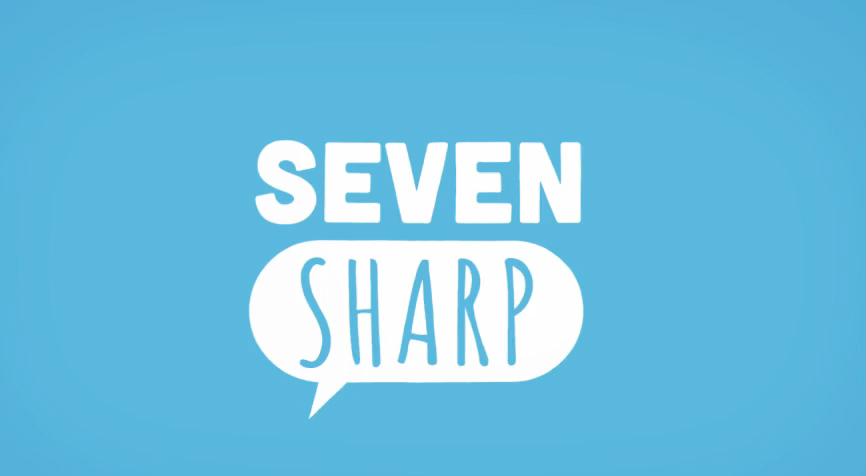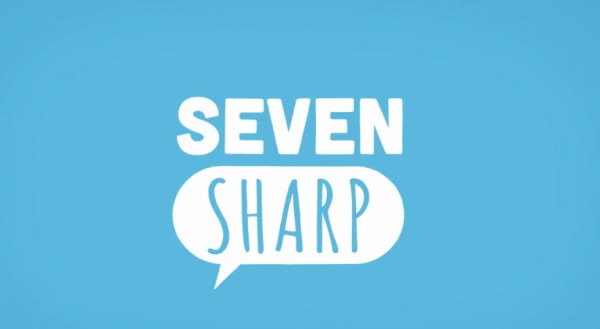For more than a year Seven Sharp has been spoon-feeding the viewer on a diet of sugar-water, pleasant to the taste but insubstantial. Close up still did the flower shows and the shell collections, visited the beauty spots and cottage industries. But they took off the rose-coloured spectacles and looked at a side of life that was once taboo on a family show which had in the past avoided controversy like the plague and trembled at the very thought that “Mother of Teens” might be offended. Occasionally they looked at international events. Much of it was worthy and much of it was very, very dull.
But the overall effect was of a programme which, while it could serve up dollops of pap with the best of them, was prepared to take a realistic and a sometimes critical look at the world around it. Close Up not merely presented social issues and local controversy; it asked pertinent questions and expected them to be answered.
To the TVNZ hierarchy the programme became a constant source of anxiety. Contention and controversy inevitably mean complaints and complaints mean an end to the quiet life. And that, above all, was what they yearned for: the quiet life – no rocking the boat, no stirring it up, no setting the world on fire. The complaints appeared in the correspondence columns of the press, under all the traditional nom de plumes – “Disgusted”, “Mother of Teens”, “Irate Viewer”.
What was it that made “Disgusted” disgusted and “Irate Viewer” irate? Reality! They lived in an illusory paradise – New Zealand; they lived in an illusory Eden. They had been breast-fed on All Things Bright and Beautiful and weaned onThere is a Happy Land, far, far away. This was it.
They saw New Zealand as a utopia today. There was no poor, no hungry, no destitute, no discriminated against, no under-privileged, and no unemployed; there was no VD and no illegitimacy; there were no homosexuals and unmarried mothers. New Zealand was Plunket, Sir Edmund Hillary and the Milford Track, free medicine, the Welfare State and Rotorua, Godfrey Bowen, The Haka, and the first four ships; New Zealand was ice-cream, chocolate fish, butter, cheese and lamb. Their minds read like tourism brochures and they believed their slogans about the egalitarian society, about full employment, about cheap milk, about the quarter-acre section and about this good country for bringing up children. This was their New Zealand. For two-thirds of every programme Close Up succumbed to the illusion. For “Mother of Teens” and “Irate Viewer” it was not enough.
They not merely preferred illusion to reality, they could not tolerate reality at all. If the world was not perfect then they simply did not want to know about it. They saw every vaguely contentious, every vaguely probing, every vaguely honest item as a threat to their own complacency, their own self-satisfaction, their own splendid isolation from the facts of life. And they wrote to the papers in terms which suggested that the facts of life were somehow corrupting or immoral and made constant references to “good taste”, “family viewing” and the effect which such programmes might have on young and impressionable minds. They believed that television should be nice.
In the minds of the TVNZ administrators, the idea that television should be nice struck a sympathetic chord. Nice meant inoffensive, innocuous and insipid; it meant no complaints, no arguments and no explanations to the public or to your superiors; it meant avoiding the embarrassment of having to defend your staff to the public or to your superiors; it meant the quiet life. With nice you could not go wrong, for nice after all was TVNZ policy.
How, for example, in the case of Close Up could you gauge public opinion? Was it accurately reflected in the rank conservatism of “Mother of Teens”; could it measured by the column-inches with which critics had greeted the Seven Sharp format; or was it perhaps tucked away somewhere in the minds of that silent majority of viewers who watched and said nothing?
None of the preceding text was my own, excepting for changing the title of programmes from the original ‘Town and Around’ to the current era, ‘NZBC’ to TVNZ, ‘Mother of Ten’ to Mother of Teens, ‘milk at four cents’ to cheap milk, ‘Maori Hakas’ to The Haka, and changing some personal pronouns. They are excerpts from the second chapter of a book by Brian Edwards I picked up at a local market at the weekend: The Public Eye, published by Reed… 1971.







Very poetic…
Very insightful.
By George, I think you’ve nailed the “Kiwi” psyche, Tim.
Comments are closed.